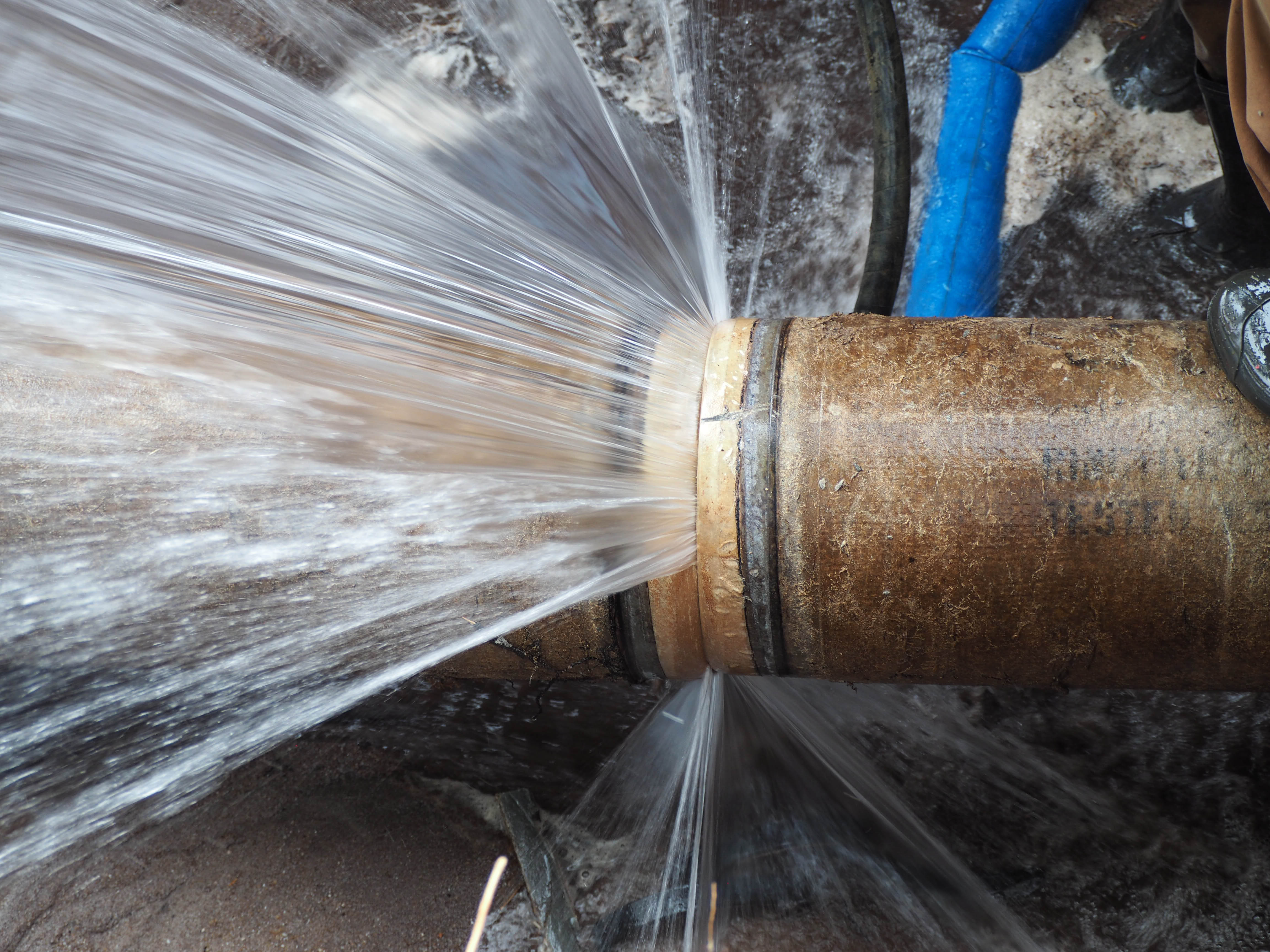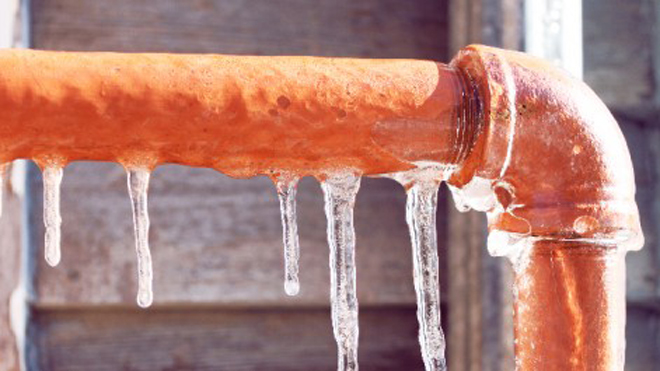Essential Tips for Preventing Frozen Plumbing in Cold Weather Conditions
Essential Tips for Preventing Frozen Plumbing in Cold Weather Conditions
Blog Article
What are your opinions about Winter Plumbing Precautions: Preventing Frozen Pipes?

Cold weather can damage your plumbing, especially by freezing pipelines. Right here's just how to prevent it from taking place and what to do if it does.
Intro
As temperatures decrease, the danger of icy pipelines increases, potentially causing costly repair services and water damages. Recognizing just how to stop icy pipelines is crucial for homeowners in chilly climates.
Recognizing Icy Pipes
What triggers pipelines to freeze?
Pipes ice up when exposed to temperature levels listed below 32 ° F (0 ° C) for extended durations. As water inside the pipelines freezes, it expands, putting pressure on the pipeline wall surfaces and potentially triggering them to rupture.
Dangers and problems
Icy pipelines can lead to water disturbances, home damages, and costly repair services. Burst pipelines can flooding homes and trigger substantial structural damage.
Signs of Frozen Pipeline
Identifying frozen pipelines early can avoid them from rupturing.
Exactly how to identify icy pipelines
Try to find reduced water circulation from taps, unusual smells or noises from pipelines, and noticeable frost on revealed pipelines.
Prevention Tips
Insulating prone pipes
Wrap pipes in insulation sleeves or utilize warm tape to shield them from freezing temperature levels. Concentrate on pipes in unheated or exterior locations of the home.
Heating strategies
Keep indoor spaces appropriately heated, particularly locations with pipes. Open up closet doors to permit cozy air to flow around pipelines under sinks.
Protecting Outside Plumbing
Yard hoses and outdoor taps
Separate and drain pipes garden hoses prior to wintertime. Set up frost-proof spigots or cover exterior faucets with protected caps.
What to Do If Your Pipes Freeze
Immediate actions to take
If you suspect icy pipelines, keep faucets available to alleviate stress as the ice thaws. Utilize a hairdryer or towels soaked in warm water to thaw pipes gradually.
Long-Term Solutions
Structural adjustments
Think about rerouting pipelines away from outside walls or unheated areas. Include added insulation to attics, basements, and crawl spaces.
Upgrading insulation
Purchase top notch insulation for pipes, attic rooms, and walls. Appropriate insulation helps preserve constant temperature levels and lowers the threat of icy pipelines.
Conclusion
Stopping icy pipelines needs proactive actions and quick feedbacks. By recognizing the causes, signs, and safety nets, property owners can secure their pipes during winter.
5 Ways to Prevent Frozen Pipes
Drain Outdoor Faucets and Disconnect Hoses
First, close the shut-off valve that controls the flow of water in the pipe to your outdoor faucet. Then, head outside to disconnect and drain your hose and open the outdoor faucet to allow the water to completely drain out of the line. Turn off the faucet when done. Finally, head back to the shut-off valve and drain the remaining water inside the pipe into a bucket or container. Additionally, if you have a home irrigation system, you should consider hiring an expert to clear the system of water each year.
Insulate Pipes
One of the best and most cost-effective methods for preventing frozen water pipes is to wrap your pipes with insulation. This is especially important for areas in your home that aren’t exposed to heat, such as an attic. We suggest using foam sleeves, which can typically be found at your local hardware store.
Keep Heat Running at 65
Your pipes are located inside your walls, and the temperature there is much colder than the rest of the house. To prevent your pipes from freezing, The Insurance Information Institute suggests that you keep your home heated to at least 65 degrees, even when traveling. You may want to invest in smart devices that can keep an eye on the temperature in your home while you’re away.
Leave Water Dripping
Moving water — even a small trickle — can prevent ice from forming inside your pipes. When freezing temps are imminent, start a drip of water from all faucets that serve exposed pipes. Leaving a few faucets running will also help relieve pressure inside the pipes and help prevent a rupture if the water inside freezes.
Open Cupboard Doors
Warm your kitchen and bathroom pipes by opening cupboards and vanities. You should also leave your interior doors ajar to help warm air circulate evenly throughout your home.

As a reader about Prevent Frozen Pipes , I imagined sharing that information was beneficial. Sharing is caring. Helping people is fun. Kudos for being here. Please visit our website back soon.
Book Instantly Report this page